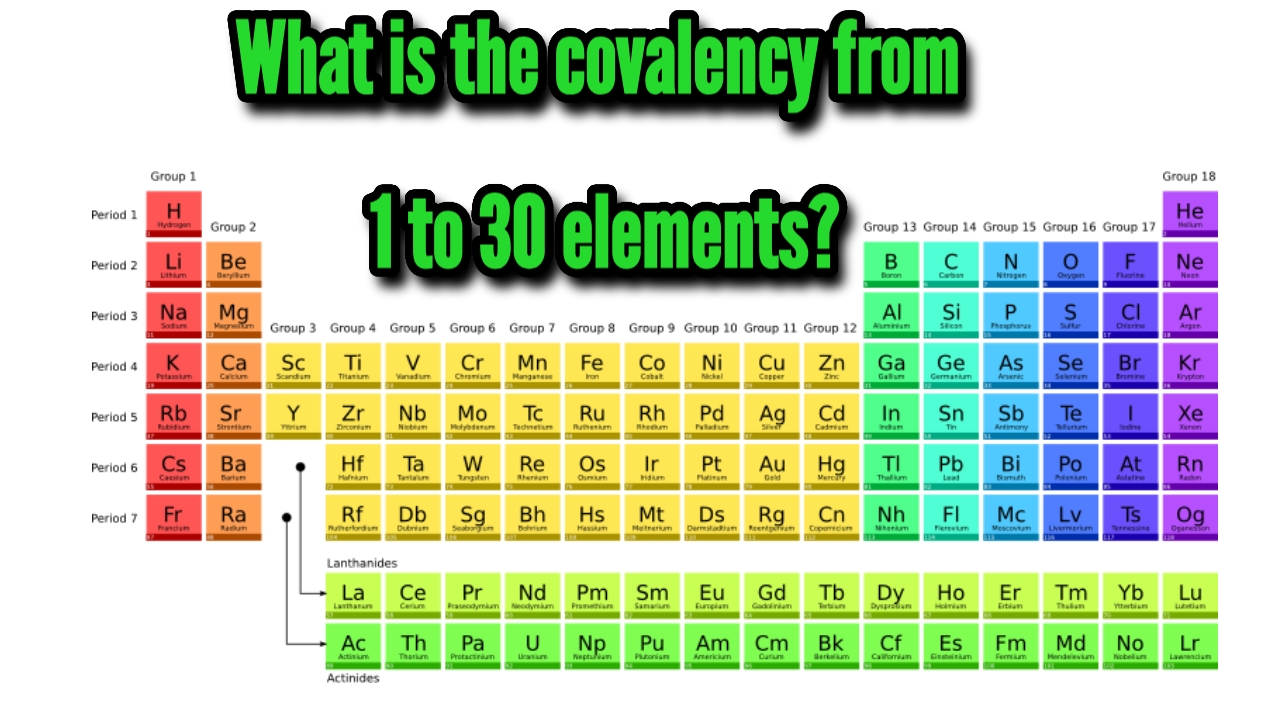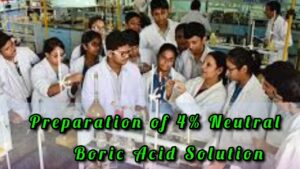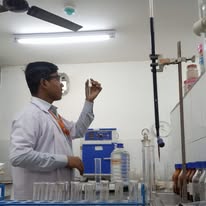Copper (Cu) Position, Properties, Extraction, Applications, and Uses
Copper(Cu)
| Symbol | Cu |
| Atomic Number | 29 |
| Oxidation States | +1, +2 |
| Electronic Configuration | [Ar] 3d10 4s1 / (1s² 2s² 2p⁶ 3s² 3p6 3d10 4s1) |
| Atomic Mass | 63.54 u |
POSITION IN PREODIC TABLE
| Group | Group 11 (Ib) |
| Periods | Period 4 |
| Block | d-block |
Ores of Cupper
Chalcopyrite (CuFeS₂) containing ~34% copper and yellow color.
Malachite (Cu₂(OH)₂CO₃) Containing ~57% copper
Azurite (Cu₃(OH)₂(CO₃)₂) Containing~55% copper and Deepblue.
Bornite (Cu₅FeS₄) iridescent colors and Containig~63% copper.
Chalcocite (Cu₂S) High-grade ore with ~80% copper
Cuprite (Cu₂O) Red oxide mineral, Containing~88% copper
Native Copper (Cu) Pure copper occurring naturally, rare but high-grade (100% copper), often found in basaltic lava flows.
Chemical Properties
Copper is a relatively unreactive metal. It does not react with water and Steam, but React slowly with oxygen (O) to form a layer of brown-black copper oxide. In moist air, it forms a greenish carbonate layer called patina, which protects the underlying metal from further corrosion.
Chemical reactions of copper include
React with oxygen 2Cu + O2 → 2CuO (black copper oxide)
React with moist air 2Cu + H2O + CO2 + O2 → Cu2(OH)2CO3 (green patina)
React with halogens Cu + Cl2 → CuCl2 (copper chloride)
React with acids Cu + 2H2SO4 → CuSO4 + SO2 + 2H2O (Conc. sulfuric acid)
Copper Extraction
Copper extraction and production involve several steps to obtain pure copper from its ores. Below is a concise, original overview of the process, focusing on the most common ore, chalcopyrite (CuFeS₂), and other copper ores
1. Mining
Copper is extracted from large open-pit mines (for low-grade ores) or underground mines (for higher-grade ores). The mining method depends on the ore grade, depth, and geological characteristics of the deposit. ( Like Ores Are Chalcopyrite, chalcocite, malachite, azurite, bornite, cuprite, or native copper).
2. Crushing and Grinding Process
Ore is crushed into small pieces and ground a fine powder. This is typically done using crushers and ball mills. Copper minerals from the waster rock (Gangue)
3. Concentration
The concentrated ore typically contains between 20-30% copper. gangue is discarded as tailings. The main concentration methods are
- Froth flotation: The most common method, where crushed ore is mixed with water and chemicals. Air is blown through the mixture, causing copper minerals to attach to bubbles and float to the surface. (for sulfide ores like chalcopyrite, chalcocite, bornite)
- Gravity separation: Used for some oxide ores, based on density differences between copper minerals and gangue.
4. Smelting
The concentrated ore is processed through smelting to produce copper matte (a mixture of copper and iron sulfides) and then to blister copper (about 98-99% pure copper). The main steps are Following
- Roasting: The concentrate is heated to about 700°C to remove some sulfur and dry the ore.
- 2CuFeS₂ + 4O₂ → Cu₂S + 2FeO + 3SO₂
- Smelting: The roasted product is melted in a furnace at 1200°C to form two layers: matte (bottom) and slag (top).
- Converting: The matte is oxidized in a converter to remove iron and sulfur, producing blister copper.
5. Refining
The blister copper is further refined to produce high-purity copper (99.99% Cu) through:
- Fire refining: Removes remaining sulfur and oxygen by melting and oxidizing impurities.
- Electrorefining: Copper is used as an anode in an electrolytic cell with a copper sulfate solution. Pure copper deposits on the cathode, while impurities (e.g., gold, silver) collect as anode slime for further processing.
Applications and Uses of Copper
Electrical and Electronics (~60% of copper use)
Wiring- Copper’s high electrical conductivity (second only to silver) makes it ideal for building wiring, appliance cords, and automotive wiring harnesses.
Power Systems– Used in high-voltage transmission lines, transformers, and switchgear for efficient energy transfer.
Electronics– Essential in printed circuit boards, connectors, and integrated circuits due to its reliability and conductivity.
Motors/Generators– Copper windings in electric motors and generators ensure high efficiency in appliances, industrial equipment, and power generation.
Construction and Architecture (~20% of copper use)
Plumbing-Copper pipes and fittings are durable, corrosion-resistant, and bacteriostatic, preventing bacterial growth in water systems.
Roofing and Cladding-Copper’s longevity and aesthetic patina (green Cu₂(OH)₂CO₃) make it popular for roofs, gutters, and architectural features like domes and spires.
Heating Systems– Used in radiators and underfloor heating due to excellent thermal conductivity.
Transportation
Automotive-Cars contain 20-45 kg of copper in wiring, radiators, and brake lines; electric vehicles (EVs) use ~80-100 kg for motors, batteries, and charging systems.
Aerospace-Copper in electrical and hydraulic systems ensures reliability in aircraft.
Railways-Overhead contact wires and signaling systems rely on copper’s conductivity.
Marine-Copper in condensers and piping resists seawater corrosion.
Industrial Applications
Heat Exchangers– Copper’s thermal conductivity is critical in condensers and evaporators for power plants and chemical industries.
Valves and Fittings-Corrosion-resistant components for industrial systems. Welding: Copper electrodes and tips ensure precision in welding equipment.
Consumer and General Products
Cookware- Copper pots and pans, often lined with stainless steel or tin, provide superior heat distribution.
Coins– Copper alloys (e.g., bronze, cupronickel) are used in coins like the U.S. penny (copper-plated zinc).
Musical Instruments– Brass and bronze (copper alloys) are used in trumpets, trombones, and saxophones for acoustic properties.
Art/Sculpture-Copper’s malleability and patina make it ideal for statues and decorative items (e.g., Statue of Liberty).
Emerging and Specialized Uses
Renewable Energy-Copper is critical in solar panels (wiring, inverters) and wind turbines (~4.7 tons per 3MW turbine).
Electric Vehicles-EVs require ~4x more copper than conventional vehicles for motors, batteries, and charging infrastructure.
Antimicrobial Applications-Copper’s natural antimicrobial properties are used in hospital surfaces, doorknobs, and textiles to reduce infections.
Superconductors-Copper oxides in high-temperature superconductors enable advanced applications in MRI machines and power systems.







Post Comment